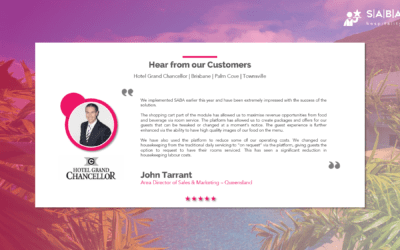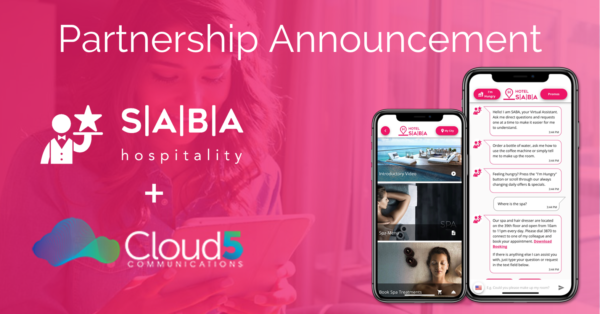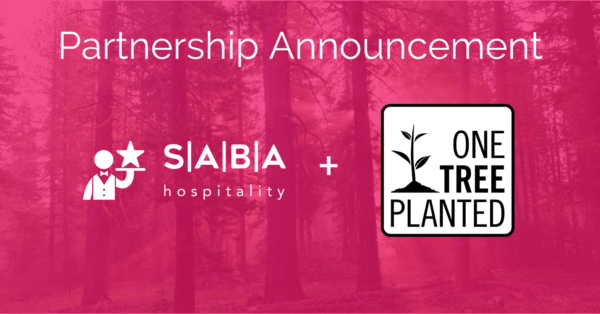As seen in HQ Magazine, Spring Edition 2019
Stefan Renziehausen MIH says it is only a matter of time before customer service chatbots become more widespread in the hotel industry.
Technology is constantly evolving, changing the way we live, how we work and how we communicate. Modern messaging is a case in point. But despite clear evidence suggesting a real guest appetite to communicate with businesses via text, hospitality operators have been reluctant to adopt these platforms so far.
Why? From my conversations with hospitality professionals at all levels, there is a perception that text messaging is impersonal, and runs contrary to the desire to provide a truly tailored experience. A second barrier appears to have been a lack of available tools to connect with guests via chat in a personal, secure and scalable way. This is certainly no longer the case. NanoRep, ChatBot, Clare.AI, Twyla, Botsify and Morph.ai are just some of the chatbot platforms now available.
The use of chatbots in the customer service industry is growing. According to estimates, more than 67% of consumers worldwide used a chatbot for customer support in the past year. So how do hospitality operators move forward to provide their guests with a service in line with current expectations?
Live messaging platforms are a great start, and provide guests a communication platform in line with their needs and wants. But automated messaging takes it a step further. Not just providing information, but information in an instant, at guests’ fingertips, whenever they want.
When done well, chatbots provide a great platform to engage guests, fulfil their needs and improve operational efficiency. When done poorly, they are simply another source of guest frustration.
So where to start? Given the proliferation of new companies all laying claim to the latest and greatest in AI advancements, how can hotel operators sift through the jargon to find a solution that will truly benefit their property and its guests?
The truth is, there is no single answer. There are many different types of AI (or chatbots) that are designed to achieve different outcomes. For example, goal-orientated chatbots (or dialogue agents as some label them), are a great way to assist users in gathering information or completing a task. For a guest, this may mean instant responses to requests or enquires. For operators, such automation improves operational efficiency and allows for a re-deployment of human capital to high-value tasks.
Then there are chatbots that are designed to manage complex human conversations. They use what is known as natural language processing in order to understand the context of a user interaction and interpret a question prior to responding. While significantly more complex in nature, this style of chatbot can provide an extension of one’s brand: implementing a conversational strategy that builds relationships with guests via virtual touchpoints. Currently very few operators do this well, but those that do have seen guests that interact with the chatbot spend 30% more while on-property and leave 33% more satisfied.
The reality is most chatbot solutions, especially in hospitality, fall somewhere between the above two examples. So where does that leave operators? The key to finding the right solution is twofold:
· Understand what you want to achieve by implementing a chatbot, or what problem you want the chatbot to solve
· Find a solution purpose-built for the industry. One that truly considers and understands hospitality, its pain points, and what it takes to successfully integrate into your existing business
Only then will hotel operators successfully navigate the plethora of different options available, to find a solution that truly fulfils their needs, and the needs of their guests.
Stefan Renziehausen MIH is executive director – operations, SABA Hospitality Technology Solutions




0 Comments